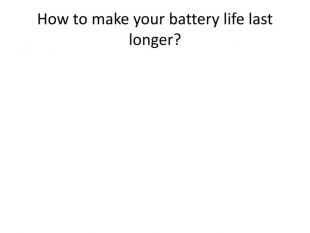Презентація для стем-уроку з теми "Наука і технічний прогрес" 11 клас англійська мова
Про матеріал
Презентація для урока "Чому вибухають телефони?" з використанням стем-технологій з англійської мови 11 клас з теми "Наука і технічний прогрес" Перегляд файлу
Зміст слайдів
pptx
Оцінка розробки


Безкоштовний сертифікат
про публікацію авторської розробки
про публікацію авторської розробки
Щоб отримати, додайте розробку
Додати розробку


















